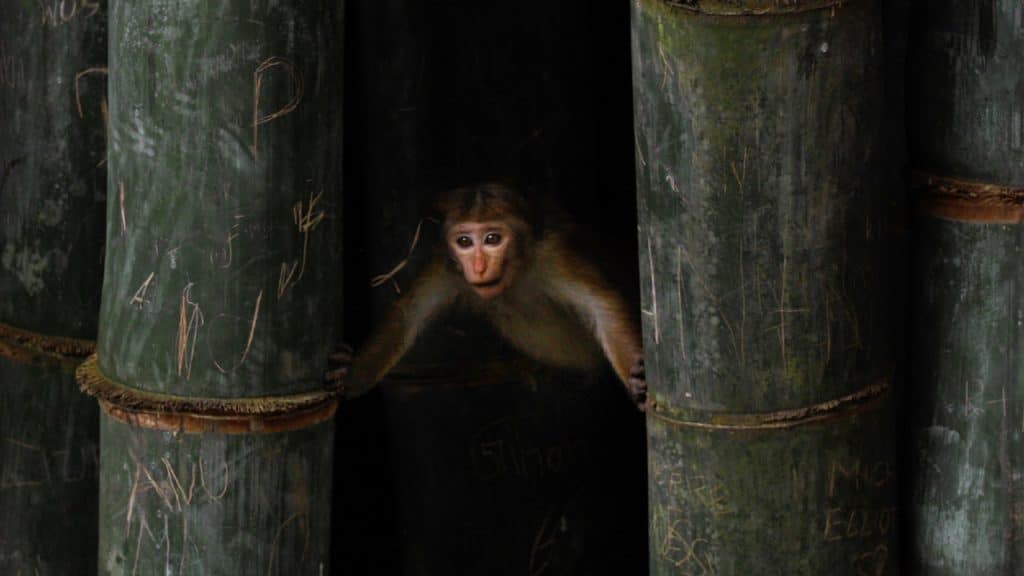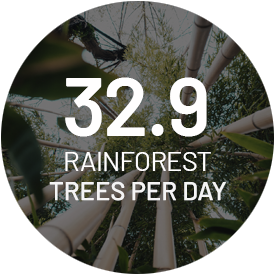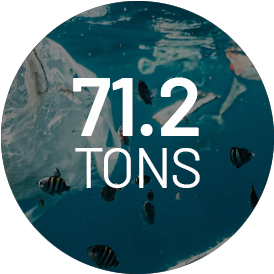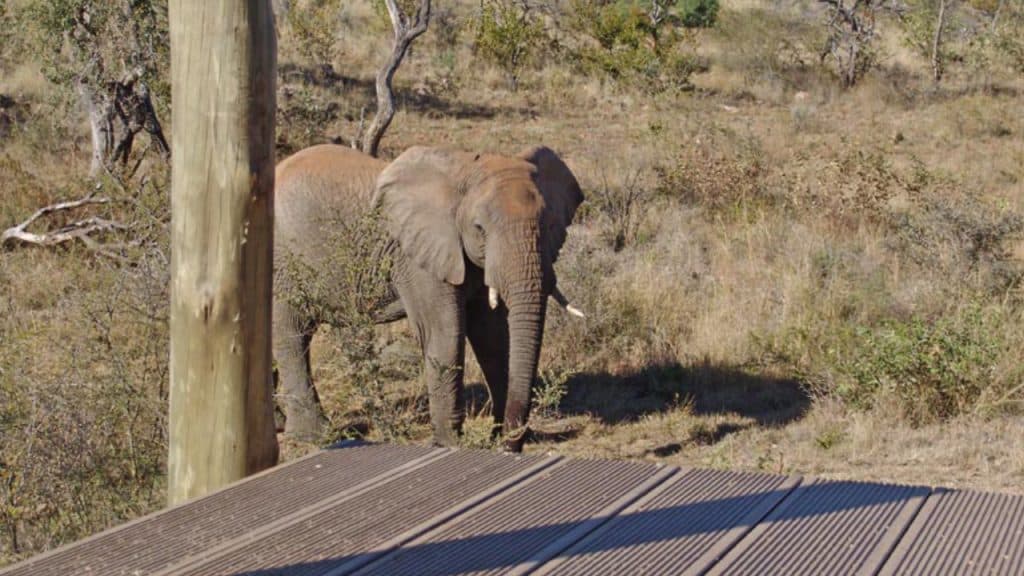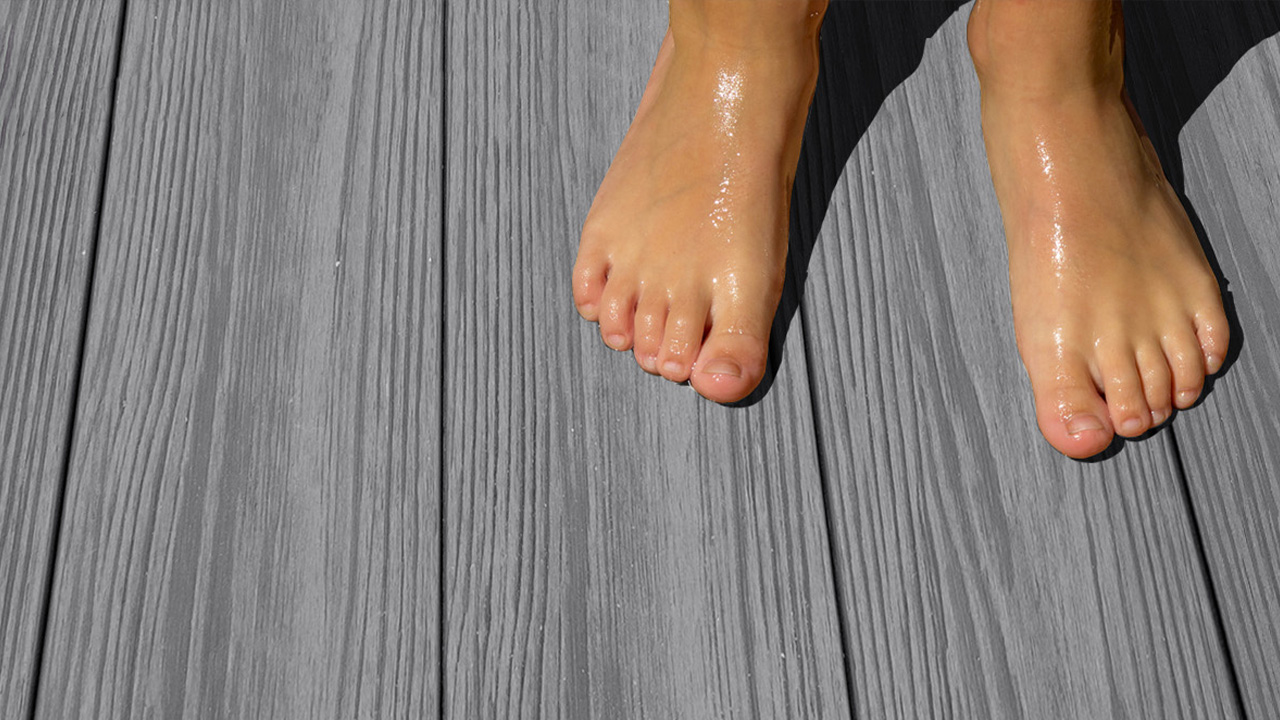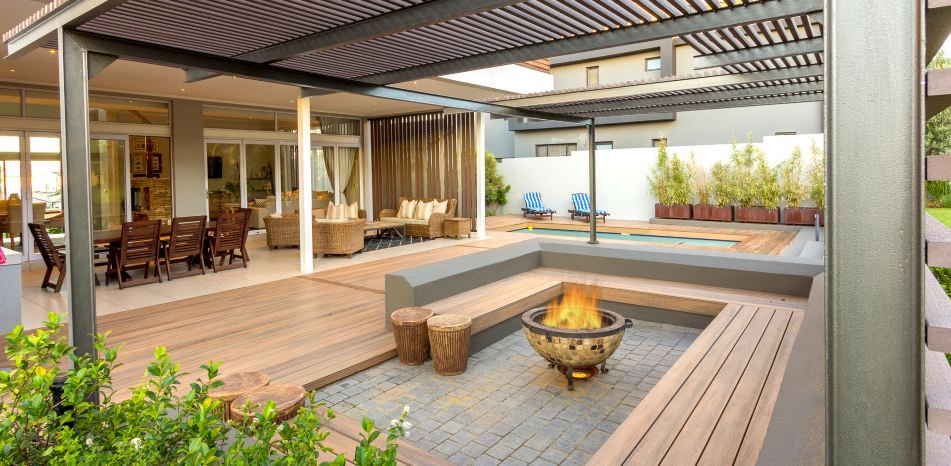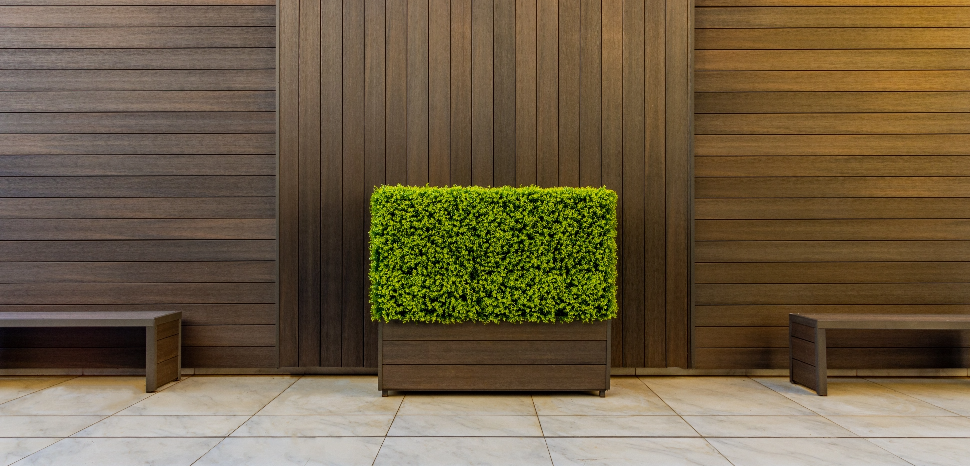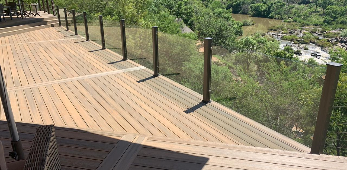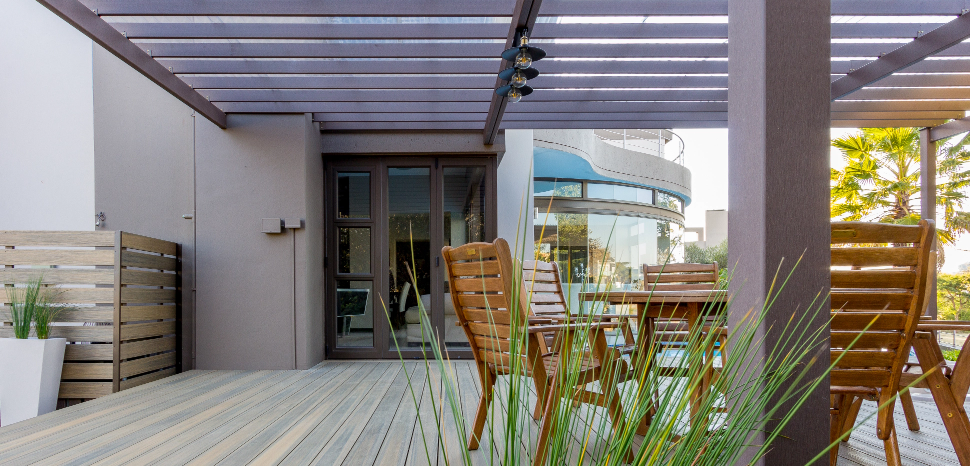Celebrating Wildlife
Theodore Roosevelt once said: “The wildlife and its habitat cannot speak, so we must, and we will.” To do just that, March 3, 2023 has been proclaimed as World Wildlife Day. This year’s global event will be the 10th anniversary of this initiative, launched by the United Nations General Assembly, to celebrate and raise awareness of the world’s plants and animals.
Each year since 2015 World Wildlife Day has adopted a theme to focus the energies of organisations around the world working to protect the biodiversity of our planet. Among these themes over the past decade have been ‘The future of Wildlife is in our hands’, ‘Big cats – predators under threat’, and ‘Forests and Livelihoods: sustaining people and planet’.
Each year since 2015 World Wildlife Day has adopted a theme to focus the energies of organisations around the world working to protect the biodiversity of our planet. Among these themes over the past decade have been ‘The future of Wildlife is in our hands’, ‘Big cats – predators under threat’, and ‘Forests and Livelihoods: sustaining people and planet’.
“Over the last 50 years the population size of vertebrate species has decreased by 68 %. What’s more, close to 40% of amphibian, 25 % of mammals and 14 % of birds are in danger of extinction.”
The Director General went on to emphasise the importance of recognising that biodiversity plays a vital role in maintaining healthy and functioning eco-systems. “These eco-systems, which greatly benefit humans, provide supply services, cultural services and regulatory services which are vital to us all,” explains Eloit.
World Wildlife Day can trace its roots back half a century ago when the Convention on International Trade in Endangered Species of Wild Fauna and Flora (CITES) was signed in 1973. This declaration aimed to raise awareness of destructive practises threatening our planet’s sustainability. Since then CITES has undertaken to forge partnerships with organisations and communities around the world to encourage green practises.
Achim Steiner, an administrator for the United Nations Development Programme, said in his World Wildlife Day 2023 message that transformational change can only be achieved through partnerships with governments, key partners like CITES, indigenous peoples and local communities, civil society, young people and the private sector. He adds, “at UNDP we know the major inroads that can be made to protect and restore wildlife through co-operation. For example, consider Argentina, where wild jaguars are returning to habitats where they had been absent for 70 years, in part as a result of the efforts by local communities, the Global Environment Facility, as well as UNDP.”
Looking to Ghana, Steiner explains, “The UNDP is now working with various partners, including the government, the Green Climate Fund and the Global Share Alliance, to restore 500 000 hectares of savanna forests and share parkland.”
Eva-Last, a global manufacturer and supplier of bamboo-composite building materials, has a distinct environmental culture and focus in all that it does. Dedicated to helping conserve nature, Eva-Last not only sources more sustainable and recyclable materials to produce its composite products, but employs green manufacturing practices with its zero waste policy and use of solar power in the production facilities. Amongst Eva-Last’s many satisfied clients, are some of the most acclaimed game lodges on the planet. Contributing to guests’ enjoyment and personal enrichment, as they immerse themselves in nature, is a huge factor in the satisfaction that Eva-Last garners in its pursuit of excellence in the field of sustainable building materials.
A key factor in choosing Eva-Last’s composite materials, for many clients, is that it is making a significant contribution to the global problem of de-forestation.
“When we formed Eva-Last back in 2006, we realised that by using bamboo for a core structure for our decking, we would be able to make a big contribution to the environment,” says Nathan Chapman, Co-Founder of Eva-Last.
“We use bamboo in all three of our decking ranges, as well as our cladding products, and bamboo is far less impactful on the environment than timber. A typical tree that yields wood for construction purposes requires 20 years to reach maturation after harvesting while bamboo only takes a quarter of the time,” says Chapman.
He adds, “The polymer that we use in our composites is also all obtained from recycled plastic, and regrind product, that would otherwise end up in waste dumps, so once again our impact on the environment with these products is extremely positive.”
Eva-Last can point to various projects where its products are used in game lodge locations, or in similar wilderness experience venues, where wild animals have been known to enjoy Eva-Last materials such as walkways and deck areas. “We have even had cases where elephants have been recorded treading on our walkways and consider these scenarios as a sort of post-production accelerated-durability testing,” notes Marc Minne, CEO and Co-Founder of Eva-Last.
“The fact that our products are tough enough to withstand the weight of an elephant is evidence of the performance quality and structural integrity of our products, which far outweighs that of timber,” says Minne.
“One of the pleasures of producing our composite range is knowing that we are playing an important part in bringing more and more people to experience the wonders of nature. A significant portion of our decking production is used to provide views of some of the most spectacular natural environments in the world, thanks to the many projects we have undertaken at some of the most acclaimed game lodges,” says Minne.
Minne concludes, “this year’s theme of ‘Partnerships for Wildlife Conservation’ ties in perfectly with our company’s sustainability ethos because we see our company as partners in the quest to appreciate nature in all its function and form, doing our part to ensure its sustainability. For many reasons, we applaud and support the initiative of World Wildlife Day on March 3, 2023 and hope that many others find cause in building a greener future for all.”
